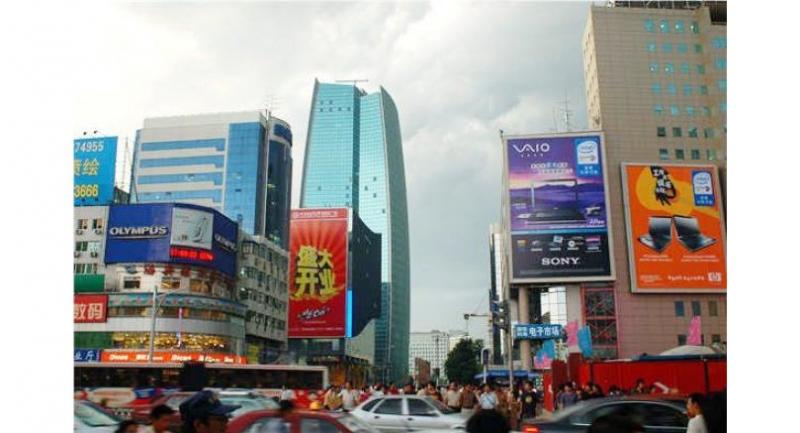Tribute to a tech hub

BEIJING – The Zhongguancun Notes, a nonfiction work by novelist Ning Ken tells the story of how China’s Silicon Valley was formed.
Award-winning novelist Ning Ken has just released his first nonfiction work, The Zhongguancun Notes, which tells of how the area evolved from a village to China’s equivalent of Silicon Valley.
The idea of writing such a book came to Ning as he was browsing Secrets of Silicon Valley by Deborah Perry Piscione in 2015.
“Piscoine mentioned Zhongguancun in the last chapter, comparing Silicon Valley (home to world technology companies in the United States) with Zhongguancun and also an Israeli high-tech zone,” says Ning.
“Although her tone was skeptical, the comparison shed little light on the role of Zhongguancun, it stimulated my interest.”
Ning then devoted himself to interviews with people and field work in Zhongguancun for this book.
Ning, who was born in 1959, started writing prose and poems in the 1980s, and later shifted to novels.
His work A Masked City won a literary award named after renowned Chinese novelist Lao She in 2002.
The word Zhongguancun has long transcended its geographical meaning-an area in the northwestern corner of the Fourth Ring Road in Beijing-and become a byword for the country’s booming IT industry.
There are a lot of books about Zhongguancun, but most of them look at it from a business perspective.
In Ning’s book, the novelist tells of the history of Zhongguancun through the stories of people whose entrepreneurship forged and changed the place.
One of them is Chen Chunxian, a scientist with the Institute of Physics at the Chinese Academy of Science.
Chen was a top physicist and worked on nuclear fusion in the 1970s and ‘80s.
Once, on a trip to the US, Chen noticed the diffusion of new technology from laboratories to companies, from research to applications, in the Silicon Valley and Route 128 in Massachusetts.
Both the places have strong research institutes-Stanford University and the Massachusetts Institute of Technology-and robust private high-tech companies.
Since late 1950s, there were already many universities in the Zhongguancun area, so Chen envisioned a similar model for its development.
The late 1970s was when China has just adopted the policy of reform and openingup and private business was still something of a taboo for the Chinese.
So, Chen was discouraged by many people saying that he should not use resources from public funded projects to make money.
But despite the criticism, Chen started a department affiliated to his institute.
There was initial success but his plans soon faced resistance.
Chen’s pilot program then got support from the then vice-premier Fang Yi after he read a document on Chen’s plans in 1983.
In his comments on the document, Fang said: “What comrade Chen Chunxian is doing is fine and should be encouraged.”
It was an informal approval, but it showed the attitude of the central government, which allayed concerns about the alliance between public research institutes and private companies.
The Zhongguancun boom started from there.
“It was a small step for Chen, but a giant leap for science and technology reform in China,” says Ning in the book.
In his work, Ning refers to other key players, including Liu Chuanzhi, the founder of the country’s biggest computer manufacturer Lenovo, and Cheng Wei, the founder of the ride-sharing company Didi Chuxing.
Speaking about China’s Silicon Valley, writer Xu Zechen, who has also written a novel about the place called Running Through Zhongguancun, says: “What makes today’s Zhongguancun is not money but people and their stories.”
Su Di, the founder of Garage Cafe which is now the go-to place for angel investors and entrepreneurs in the Zhongguancun area, says: “Ning’s book brings back memories of when I just started doing business in Zhongguancun.
“The strength of Zhongguancun lies in its stories, and that’s what influences people who come here.”
